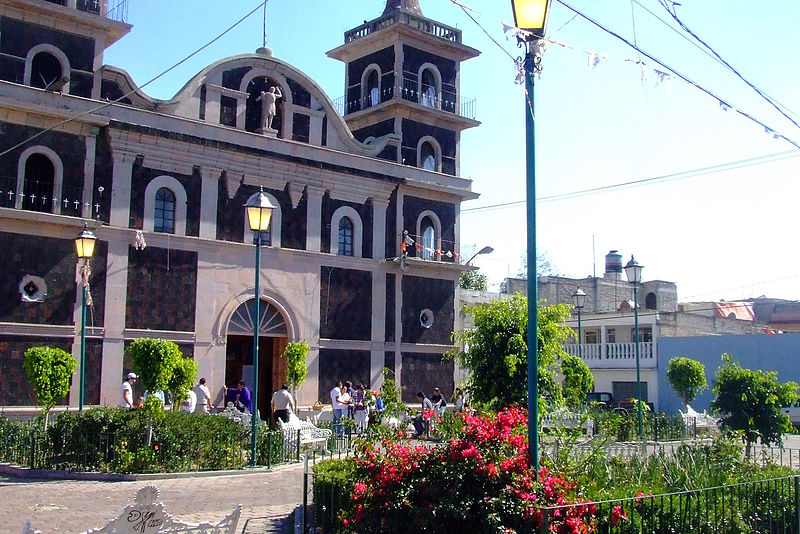
San Sebastián Atenco es uno de los 25 pueblos originarios de Azcapotzalco. El nombre también honra la principal avenida que recorre el barrio de este a oeste, la Calzada San Sebastián.
El pueblo existe desde mucho antes de la llegada de los dominicos, quienes se establecieron en la mayor parte de lo que hoy es el centro de Azcapotzalco. Al igual que en San Lucas Atenco, el nombre significa “lugar a la orilla del agua”. Se cree que este fue el muelle principal del vecindario, conocido entonces como Acalotenco. Probablemente habría recibido embarcaciones comerciales de proveedores de todo el valle de México. Estos habrían incluido a los tepanecas, entre otros.
El Templo de San Sebastián Mártir también se refiere a sí mismo como la “Iglesia de San Sebastián Atenco”. El edificio que vemos actualmente reemplazó una estructura anterior del siglo XVII. La construcción comenzó a fines del siglo XIX en un estilo neocolonial. Hoy en día es más conocida por sus dos campanarios gemelos de cinco cuerpos cada uno que flanquean una fachada de tres cuerpos debajo de esa distintiva línea que ondula sobre el techo. Un arco de medio punto sobre la entrada principal conduce la mirada a un nicho donde aún se puede ver la figura de San Sebastián. Toda la iglesia está revestida de tezontle y terminada en cantera gris. También se pueden observar partes de una fachada original del siglo XVII.
La iglesia se encuentra a unos 15 minutos caminando desde el Jardín Hidalgo y desde la mayoría de los puntos del Centro de Azcapotzalco.
 atencosansebastian@gmail.com
atencosansebastian@gmail.com
 55 5561 3820
55 5561 3820
 https://www.facebook.com/sansebasatenco
https://www.facebook.com/sansebasatenco
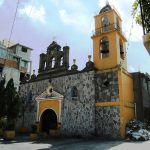
Cercano a 0.54 kms.
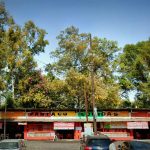
Cercano a 0.81 kms.
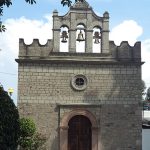
Cercano a 0.83 kms.
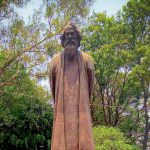
Escultura construida en honor al escritor y filósofo bengalí, Premio Nobel de Literatura en 1913.
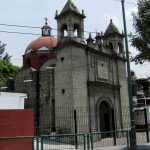
One of Azcapotzalco's ancient neighborhoods is remembered in a stone chapel.

Un torcido centro de pueblo hacia uno de los asentamientos más antiguos de Azcapotzalco...
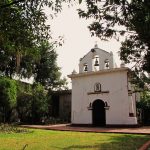
Uno de los asentamientos originarios de Azcapotzalco....
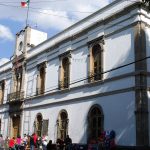
Uno de los centros culturales más distinguidos de Azcapotzalco.